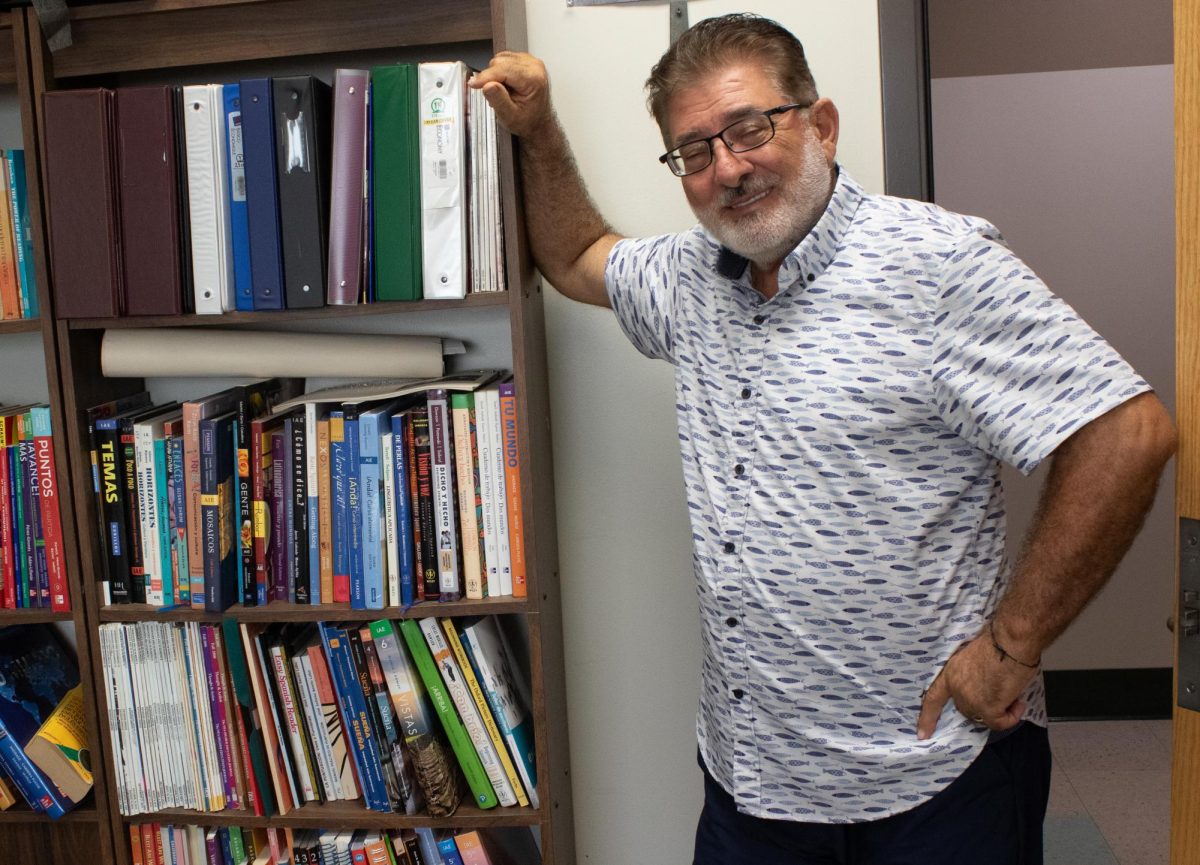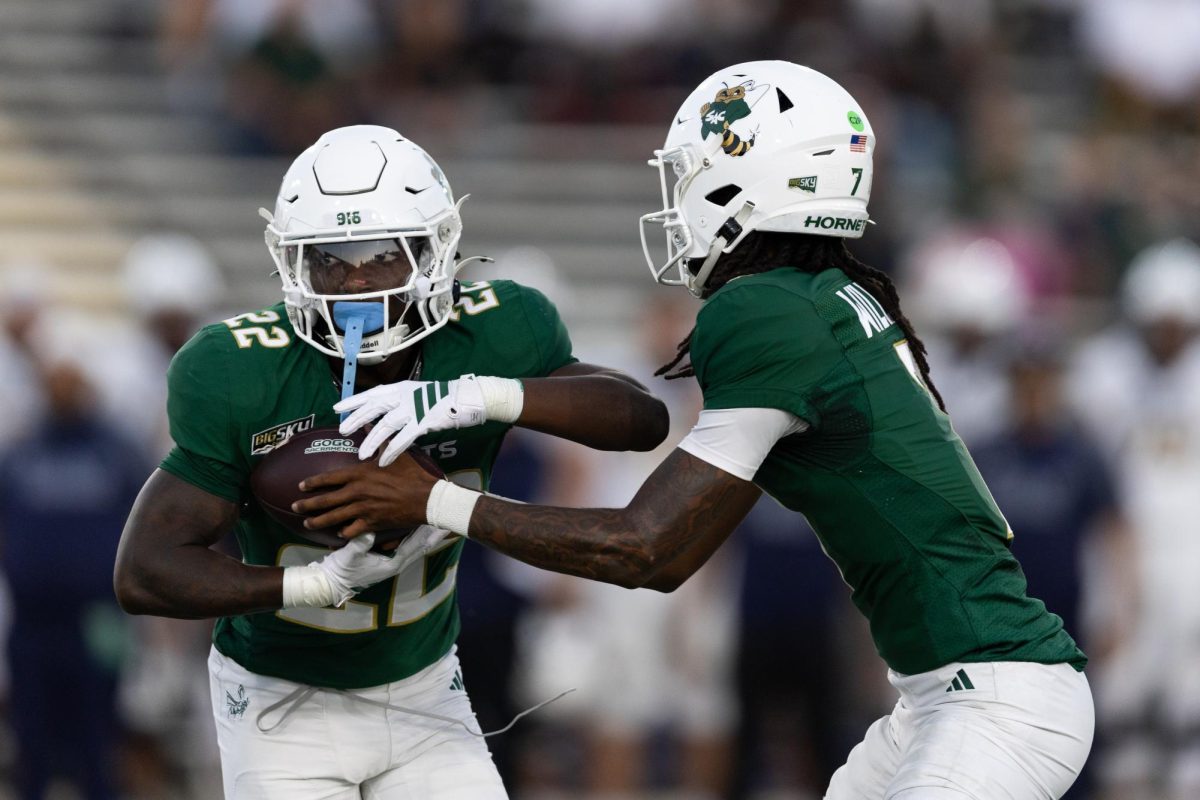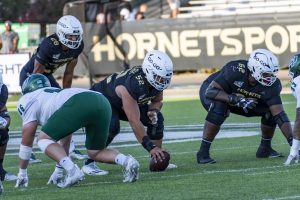A pencil test tells us nothing
November 13, 2002
More and more, we have a society that bases one’s value on material acquisitions and external achievements. It is easy to see this when we try to remember the last time someone complimented you on your honor, honesty or decency. Why don’t we laud Ben Affleck for his integrity?
The “dproject” is a collective/collaborative visual arts project about ideas of self worth. “dproject” asks us to examine the methods we use to judge ourselves. Comprised of more than 70 artists, the project brings together participants from Sacramento State, UC Davis, San Francisco State, UC Santa Cruz and California College of Arts and Crafts.
One piece looks at our silly standards particularly well. I’ll call it “The Pencil Test.” This sculpture is a voluptuous ceramic breast with a pencil trapped underneath. On the smooth, glassy surface, these words circle out from the nipple: “Boob, hooter, tit, jug, melon- After I was twelve I could never pass the pencil test-Could you?”
This is in reference to the imbecilic “test” of a woman’s value- the perkiness of her breasts. If one has limp breasts that can hold a pencil underneath, than they are undesirable. Or perhaps they’re just naturally large without the effects of silicone.
Apparently, the pencil test, as a social phenomena is an indicator of how beautiful a lady is. By graphically showing the stupidity of this test, the artist makes us question the larger standards by which we judge ourselves.
All the artists were given a 5″ by 5″ block of wood to work with, creating radically different pieces.
Some were graphic; such as a bread “hand” reaching outward, a glass penis dangling from its block, or langourous nude reclining.
Others were interpretive; such as a foil-wrapped block dotted with crushed mirror pieces, or a small mirror with the words “eye make you.”All of the blocks are neatly arranged on a wall at the University of California, Davis.
Recent UC Davis graduate and dproject organizer, Sarah Cline, was very happy with the project.
“I am so pleased, it was like Christmas when I went to pick up the squares,” Cline said. “Definitely the interesting thing is that artists are participating in public spaces.”
When asked what prompted the show, Cline expressed her desire for collaboration. “I thought it would be interesting to get artists to come together and express (their ideas) about self-worth. I asked students, staff and faculty to participate, but there were more students.”
Cline corresponded with the artists through email. After creating the Hotmail account, she began to receive junk mail in reference to self-worth. “They were awful, like ‘Lose 100 pounds’ or ‘Increase your penis size,'” Cline described. “I thought about printing out a booklet of just the subject lines of the emails as part of the project.”
Sac State artist Alicia Griffin felt strongly about the theme of self-worth. “It can be complicated, understanding how your own self-worth has been affected by society. It’s important to show other representations,” she asserted during the show’s opening. Her childhood, as all of ours do, affected her ideas of self-worth. “I felt that racist ideologies affected my own concept of beauty and self-confidence. I’ve seen (racist ideologies) changing in my lifetime,” Griffin stated, “but they are still worth examining.”
John R. Fishbein PhD., author of the book “Emotional First Aid,” sees one’s self-worth as inherent. However, he feels that most people erroneously base their worth on what others think of them.
“Self-worth is commonly thought of as something a person can get or lose. It is often measured by external things such as wealth, popularity, accomplishments or others’ opinions,” Fishbein writes.
These artists challenge those common perceptions. Their work proves you can judge your merit on more than superficial means.
Check out the show, and find you own versions of your worth. It’s shows until the 18th.
For directions, go to www.nerdmusic.com/~sarah/dproject.























































































































